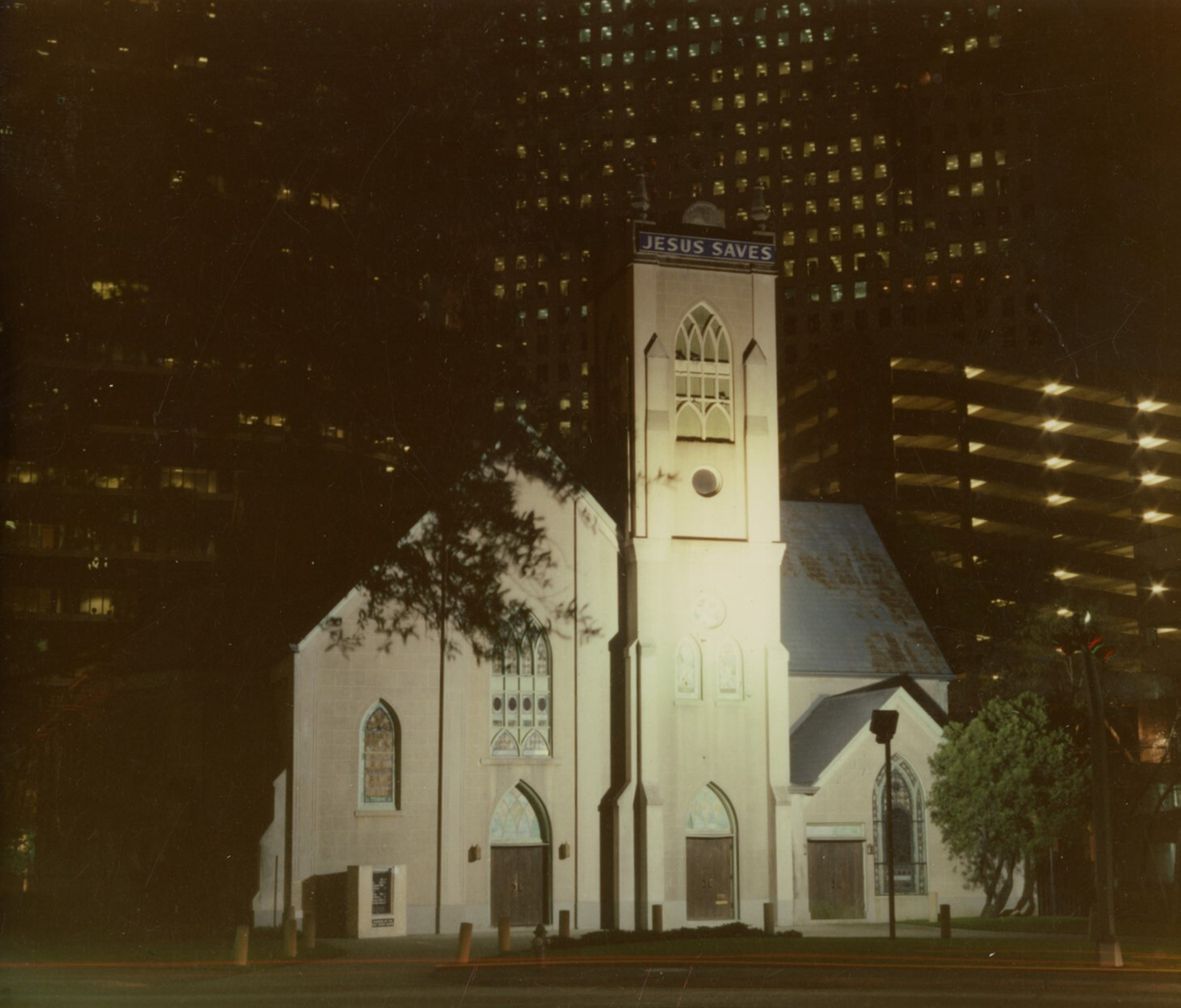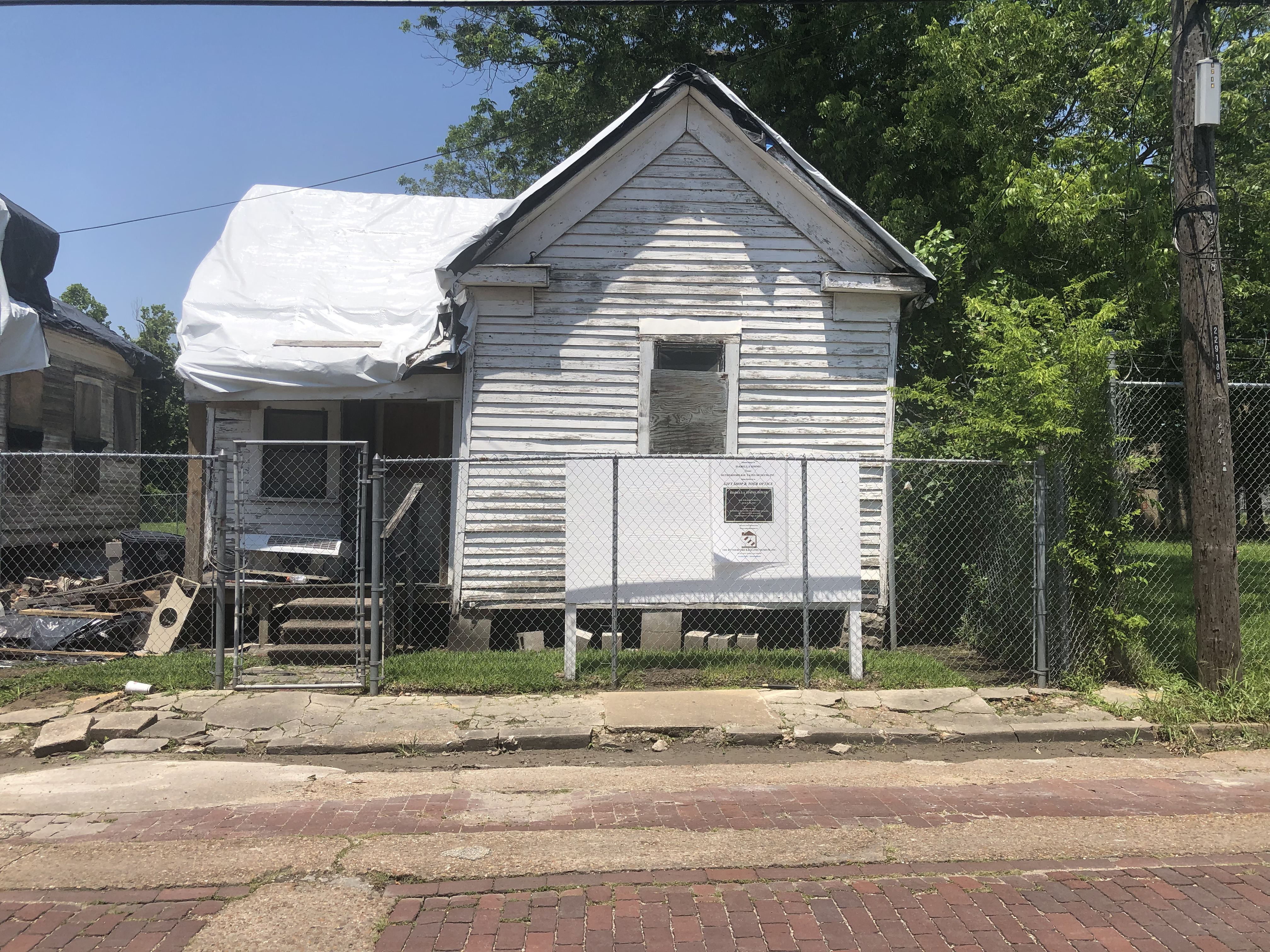Traveling north from the high-speed commercial vein of Richmond, past the shining metal Montrose District signs paid for by a TIRZ, you can see what remains of Freedmen’s Town. Streets like Andrews are narrow and intimate, with worn bricks and hasty patches of asphalt. Like the bricks, modest, working-class bungalows and cottages and a few grander homes in need of repair from the century before are scattered amid brand-new housing two or three stories taller with street-facing garages like mouths waiting to gobble what’s left.
Freedmen’s Town is essentially the point of the Arrow. This neighborhood has long represented the Mother Ward of diverse Black communities across the city.
After Emancipation, not upheld in Texas until 1865, the neighborhood grew into a cultural and economic hub for Black Houstonians, just one of many freedom colonies and Black settlements across the country and state. “All the people seemed to work together to improve Fourth Ward,” recalls Martha Countee Whiting in an interview with the African-American Library at the Gregory School in Freedmen’s Town, “and working together they got many things that we would not have achieved if they had not.” Whiting’s grandfather, Reverend John Henry “Jack” Yates, was an instrumental figure in the neighborhood’s and Houston’s history who, among other achievements, founded Bethel Missionary Baptist Church on Andrews Street and was part of the effort to purchase the land that is now Emancipation Park in Third Ward for the site of their Juneteenth celebration.
Still, more than a decade after Westheimer had been paved for the benefit of River Oaks, few of the streets in Freedmen’s Town had been, Hardy Anderson, who's pictured above, says.
Regardless, Freedmen’s Town was the early heart of Black Houston, a bustling neighborhood that residents remember as close-knit with community hubs like the Gregory School, opened to serve people who had been enslaved who flocked to the city to build new lives of their own making, alongside the pre-existing small community of free Black Houstonians. “We were all cluttered in one area,” Anderson remembers in a 2010 interview.
Click 'NEXT →' to move through the maps.




